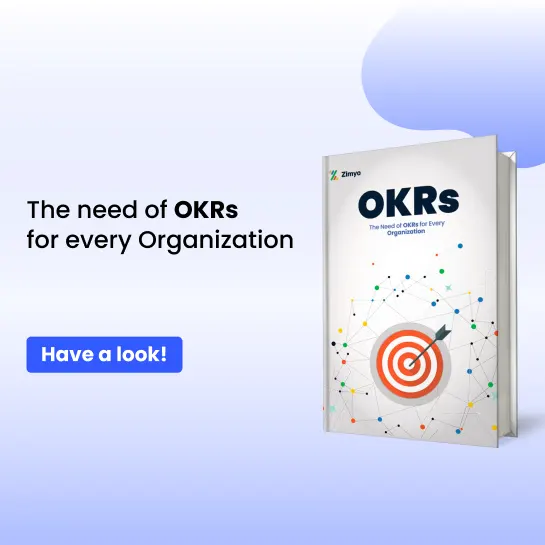Concurrency and parallelism are two fundamental concepts in programming that often come up when discussing the performance and efficiency of applications. Although they are related, they represent different approaches to handling multiple tasks in a program, especially in a single-threaded environment like JavaScript.
Concurrency vs. Parallelism: What’s the Difference?
Concurrency
Concurrency is a system or program capacity to execute numerous operations or procedures concurrently or overlapping in time. This means that the system can manage numerous tasks so that they continue without waiting for others to finish, rather than necessarily implying that the activities are executed simultaneously (as with parallelism).
Concurrency is a helpful concept in programming when you want to increase a systems efficiency and responsiveness. Examples of situations where this is useful include managing concurrent requests to a web server, reading and writing data from files, and carrying out background processes while maintaining a responsive user interface.
Example: Imagine you are working on two tasks, like writing a report and answering emails. You switch between the two tasks quickly—write a little, check an email, write some more, and respond to an email. You are not doing both at the exact same moment, but you are making progress on both.
Concurrency is like this: a computer can switch between multiple tasks so it feels like they are happening at the same time.
For example, imagine you are working on two tasks, like writing a report and answering emails. You switch between the two tasks quickly—write a little, check an email, write some more, and respond to an email. You are not doing both at the exact same moment, but you are making progress on both.
Parallelism: When numerous jobs or processes are executed simultaneously at precisely the same moment, it referred to as parallelism. This is usually achieved by making use of multiple processors or cores. Tasks are divided into smaller, independent subtasks that can be
completed in parallel, with each subtask operating concurrently on a separate core or processor.
Example: Now, imagine you and a friend are both working on different tasks at the exact same time. You write the report, and your friend answers the emails at the same time.
That’s parallelism—two things happening simultaneously.
On a computer, parallelism happens when multiple processors work on different tasks at the same moment.
In contrast to concurrency, which is more concerned with overseeing several processes and enabling them to proceed, parallelism concentrates on actually completing tasks concurrently,
thereby accelerating processing performance.
2. JavaScript’s Single-Threaded Nature
JavaScript is traditionally single-threaded, meaning it can only execute one task at a time. This
single thread is known as the main thread. Because of this limitation, JavaScript doesn’t
inherently support parallelism within the same thread.
3. Concurrency in JavaScript
Despite its single-threaded nature, JavaScript handles concurrency using:
● Event Loop: The event loop allows JavaScript to manage concurrency by offloading I/O
operations (like network requests, file system access, or timers) to the system's APIs,
which are then handled asynchronously. When the operations are complete, the results
are pushed back to the main thread for execution.
● Callbacks: Functions passed as arguments to be executed after a certain task is
completed. They are the simplest form of asynchronous programming in JavaScript.
● Promises: Using promises to manage asynchronous processes gives you more
flexibility and power. They stand for a value that will eventually become accessible. The
resolved value of a promise is handled by the .then() function; errors are handled by the
.catch() method.
● Async/Await: This syntactic sugar over promises allows writing asynchronous code that
looks synchronous, making it easier to read and maintain.
4. Parallelism in JavaScript
JavaScript achieves parallelism primarily through:
● Web Workers: Web Workers allow you to run scripts in background threads, separate
from the main thread. This is useful for CPU-intensive tasks that might otherwise block
the UI.
● Worker Threads (Node.js): In Node.js, worker threads provide a way to run JavaScript
code in parallel. They are particularly useful for heavy computations that would block the
event loop.
5. Concurrency Models in JavaScript
● Non-blocking I/O: JavaScript takes advantage of non-blocking I/O operations, which let the main thread carry on running other programs while it waits for tasks to finish, such as reading files or sending network requests.
● Event-Driven Architecture: The concurrency model used in JavaScript is event-driven, which means that events control how the program is executed. Since these events are handled asynchronously, numerous operations can be handled at once.
6. Concurrency Challenges
● Race Condition: When two or more tasks rely on the same resource and the order in
which they are completed impacts the result, race conditions arise. Careful management
of shared states is necessary for JavaScript developers to prevent race situations.
● Deadlocks: Deadlocks can happen when distinct parts of a program are waiting on each
other to release resources, although they are uncommon in JavaScript because the
language is single-threaded.
● Thread Safety: To prevent unexpected behavior while using Web Workers or worker
threads, effort must be made to make sure that shared resources are used in a thread-
safe way.
7. Best Practices
● Use promises and async/await: These make asynchronous code easier to write and
understand, reducing the likelihood of errors.
● Leverage Web Workers/Worker Threads: Offload heavy computations or parallel tasks
to workers to keep the main thread responsive.
● Avoid shared state: Minimize shared state between concurrent tasks to reduce the risk
of race conditions and other concurrency issues.
Conclusion
Concurrency and parallelism in JavaScript enable developers to write more efficient and
responsive applications. By understanding how JavaScript handles these concepts, you can
better design your applications to take full advantage of the language’s capabilities while
avoiding common pitfalls.






